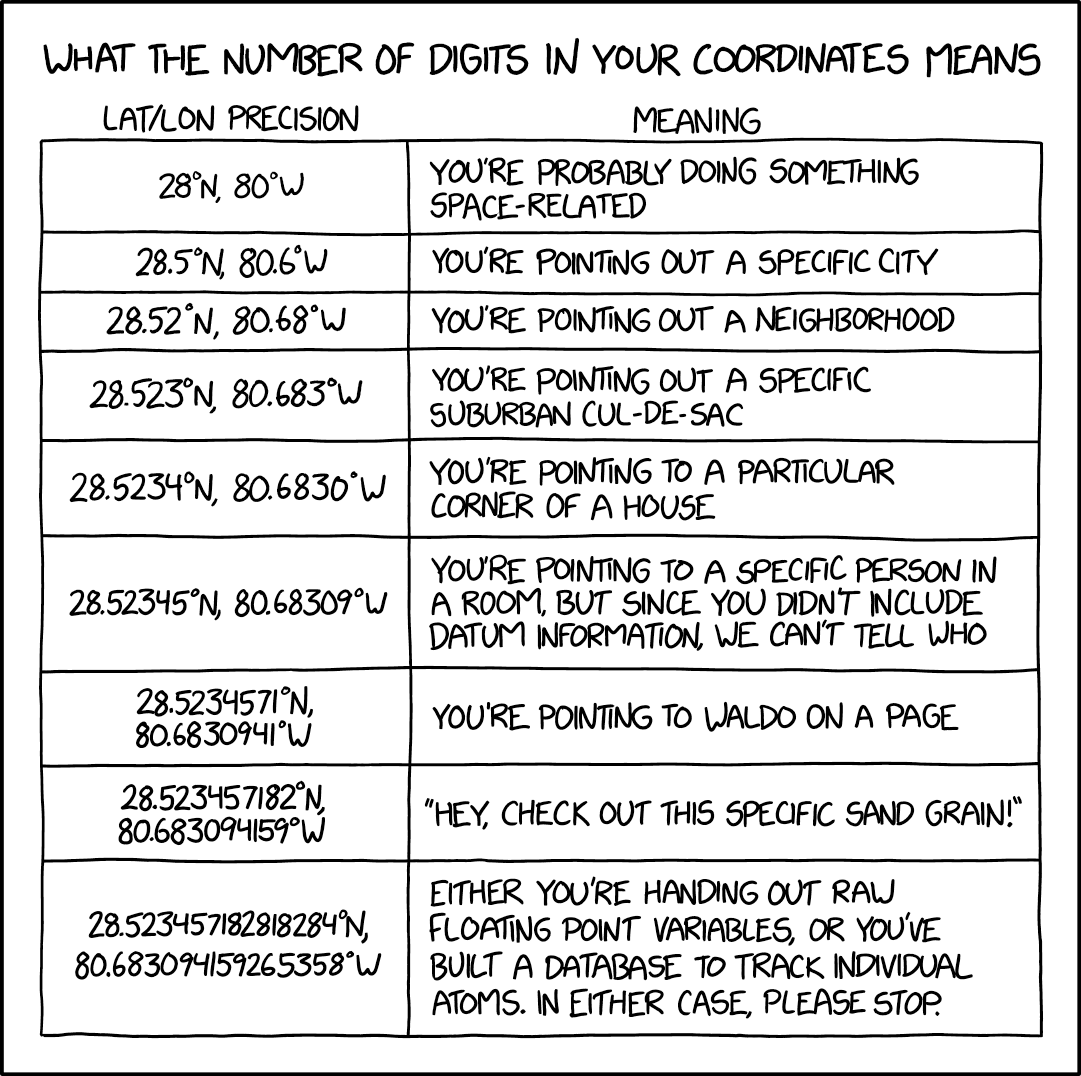 Map illustrations. Illustrated maps. Pictorial maps. Map art. There are many different names for a form of mapmaking that is, to appropriate a phrase, “not intended for navigation,” but rather for purposes such as advertising and promotion, political propoganda, decoration, or simply pure art. You may not be able to find your way home with such maps, but that’s not to say they don’t have a purpose.
Map illustrations. Illustrated maps. Pictorial maps. Map art. There are many different names for a form of mapmaking that is, to appropriate a phrase, “not intended for navigation,” but rather for purposes such as advertising and promotion, political propoganda, decoration, or simply pure art. You may not be able to find your way home with such maps, but that’s not to say they don’t have a purpose.
I’ve reviewed books about maps in this general field before. Stephen J. Hornsby’s Picturing America (reviewed here) explores the rich pictorial map tradition in the United States during the early and mid-20th century. The Art of Map Illustration (reviewed here), on the other hand, is a focused, step-by-step guide to the how of modern-day map illustration.
The Art of Illustrated Maps: A Complete Guide to Creative Mapmaking’s History, Process and Inspiration (HOW Books, October 2015) falls somewhere in between. Written by John Roman, it’s a book that talks about the creative process in considerable detail, and gives many contemporary examples of map illustrations, but tries to place that process in the context of the history of map illustrations.










 Briefly noted: the publication last month of Marieke van Delft and Reinder Storm’s De Geschiedeneis van Nederland in 100 Oude Kaarten (
Briefly noted: the publication last month of Marieke van Delft and Reinder Storm’s De Geschiedeneis van Nederland in 100 Oude Kaarten (
